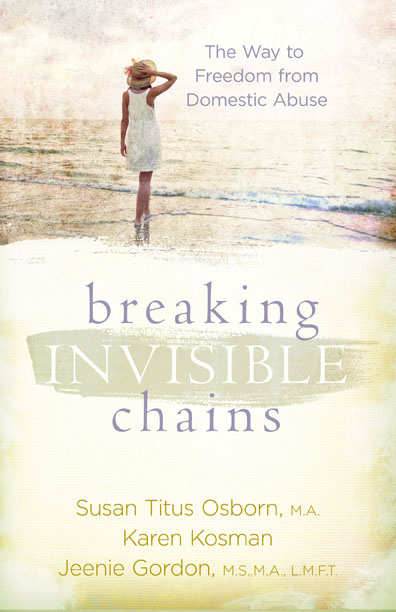Rights are different than copyright. Be careful not to confuse them. When you sell “First Rights” to a publication, you are offering one-time rights to publish your material before you send it to another publication. Sometimes these are called First North American Rights, which includes the U.S. and Canada, or First North American Serial Rights if it is a serial publication.
Once your manuscript is printed by the publication to which you sold first rights, you may then sell “Reprint Rights,” often called second rights. When you sell reprint rights, your duplicate manuscripts can be sent out simultaneously to many different publications. Try to avoid selling to two publications with overlapping audiences, however, such as two periodicals or take-home papers published by the same company or denomination.
When you sell first rights or reprint rights, you still own the rights to that work. After it is printed, the rights revert back to you. Selling reprint rights doesn’t affect your rights in any way. Someday you may want to put that material in a book.


